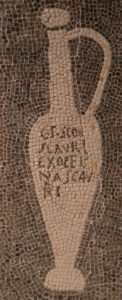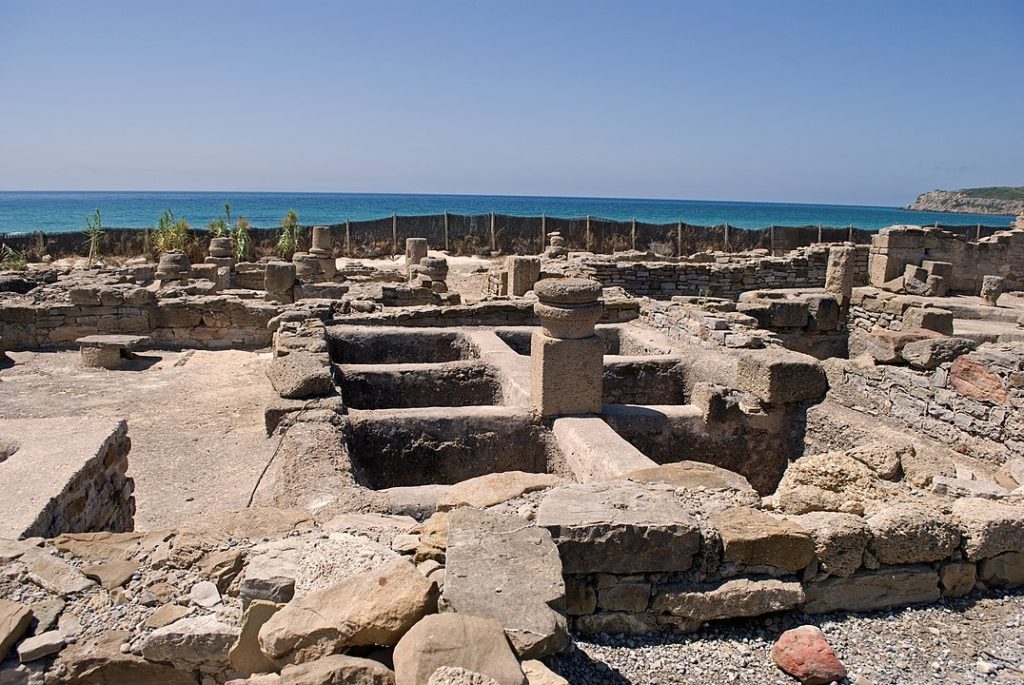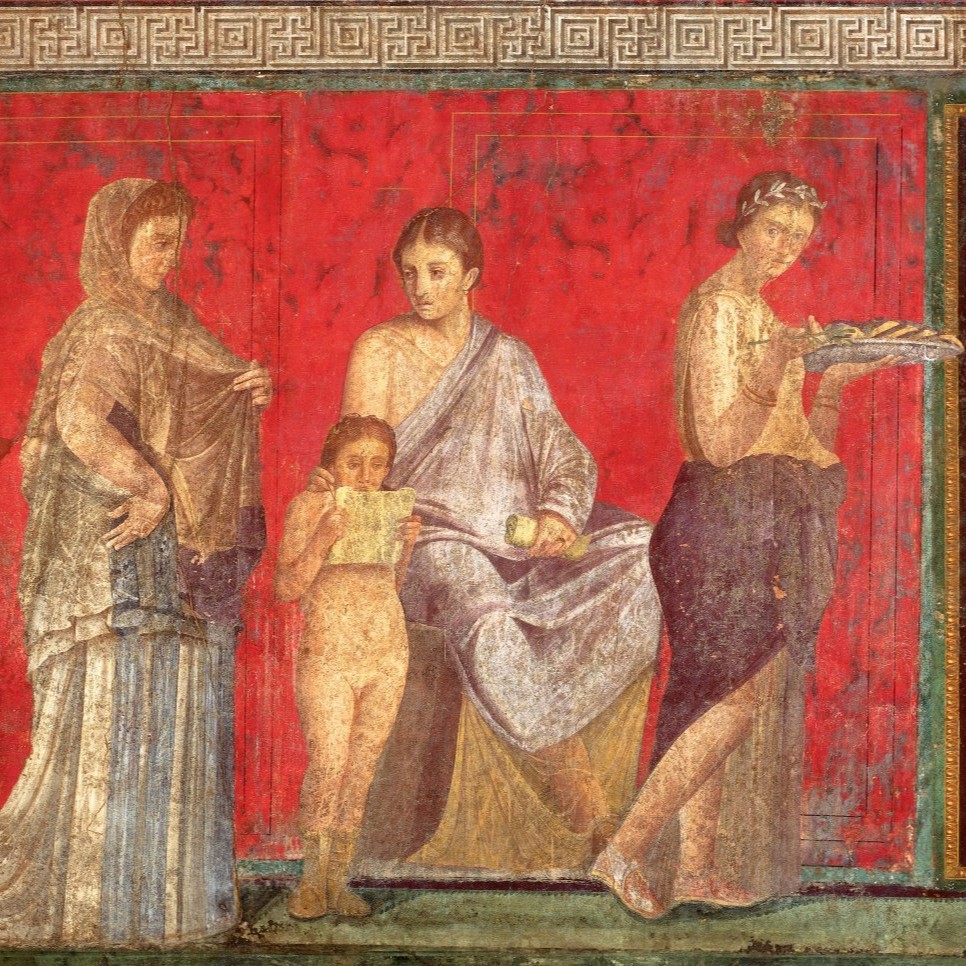Translated from French with ChatGPT (please notify us of errors)

Its name might sound like a punk band: garum. But in reality, it’s quite different, even if its ingredients might suggest a “no future” vibe.
Garum was a condiment characterized by the fifth taste (neither salty, sweet, sour, nor bitter), what the Japanese call Umami (savory). It’s found in soy sauce, certain seaweed-based sauces, and chicken broth. The closest modern equivalents to garum are Vietnamese nuoc-mâm or Swedish surströmming.
The Romans used garum as a flavor enhancer in nearly all their dishes, including sweets, as noted by Apicius, the cook of Emperor Tiberius.
Salt, Sun, and Time
What was in garum? This is where one needs a strong stomach and a rock’n’roll spirit. To make garum, one needed viscera – or even all the offal – of large fish, small whole fish, and a lot of salt. These ingredients were layered alternately in an amphora or a large, open vat exposed to the sun. It was stirred occasionally and left to marinate. The salt prevented rotting, and time did its work. Yes, because making good garum took time.
The liquid of garum (liquamen) was extracted using a filter and placed in small amphoras for sale. The first extractions were, unsurprisingly, the most refined.
“Costly Bloody Pus of Rotten Fish”

Even during the Republic, and more so in the era of the emperors, this peculiar condiment – at least the best vintages – sold for a high price. There were renowned production areas everywhere: Pompeii, closest to Rome, but also in what are now Jordan, Tunisia, Morocco, Portugal, and Spain. The best garum (garum sociorum), made from red tuna, came from Baetica, a Roman province in southern Spain, roughly corresponding to modern Andalusia.
While this trade seemed to please many and partly contributed to Rome’s wealth (it was a facilitator in the conquest of Gaul), it also had its detractors. The philosopher and playwright Seneca, as cheerful a fellow as Calvin 15 centuries earlier, described it thus: “Do you not know that garum sociorum, this costly bloody pus of rotten fish, consumes the stomach with its salty putrefaction?”[1]
He might not have been entirely wrong. According to Dr. Piers Mitchell of the University of Cambridge, this sauce made from not-so-fresh fish could indeed have carried a parasitic worm. In short, garum could stir the guts better than a good piece of rock’n’roll.
[1] Seneca, Letter 95 (§25): Illud sociorum garum, pretiosam malorum piscium saniem, non credis urere salsa tabe praecordia? (sănĭēs, ēī, f., corrupt blood, pus, humor).
Sources
- Une salade, César ? La cuisine romaine de la taverne au banquet, « Le garum et le sauces de poisson », Emmanuel Botte, éd Lugdunum, musée & théâtres romains, Lyon, 2020
- La toge et le glaive, Le Garum: incontournable de la cuisine romaine, consulté en ligne le 11.10.2021
- Rome côté cuisines, Martine Quinot Murracciole, Ed. Les Belles Lettres, Paris, 2019
- University of Cambridge, Roman toilets gave no clear health benefit, and Romanisation actually spread parasites, consulté en ligne le 11.10.2021
November 2023. Reproduction prohibited
Other articles in English from the Nunc est bibendum blog








